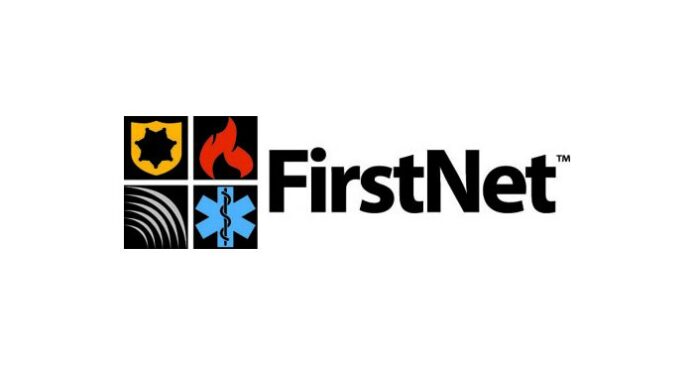Even a year ago, FirstNet still seemed largely theoretical as it went through the planning process. But, with the agency having released its request for proposal in January, and expecting to make an award of its $6.5 billion for the design and construction of the network in early November, the focus of vendors has sharpened considerably even if they don’t plan to bid for the overall contract. That new level of interest and expectation, and new energy around the practicalities of a separate wireless broadband network for public safety, was evident at last week’s International Wireless Communications Expo in Las Vegas.
More public safety users are starting to get a taste of having their own LTE network – and the experience thus far is being reported as largely positive. Temporary Band 14 networks have been used in Vail, Colorado; at the most recent Super Bowl; and at the Rose Bowl Parade in Pasadena, California. On the IWCE show floor, Parallel Wireless and Mutualink ran a Band 14 network and demonstrated interactions among a desktop communications set up, land mobile radio and an LTE handset. One of the ENodeBs on display was used at the Super Bowl in San Francisco. Watch a demo of the system here, as well as an interview with Steve Kropper of Parallel Wireless:
[embedyt] http://www.youtube.com/watch?v=U8IZbD5l37I[/embedyt]
[embedyt] http://www.youtube.com/watch?v=3BXjvg_UodM[/embedyt]
FirstNet is required by law to be self sustaining and the economics of FirstNet was frequently under discussion. FirstNet has made clear any secondary use of its spectrum – on which its financial success rests – must enable “ruthless preemption,” as it was termed at the show. T-Mobile US scoffed at that proposition; AT&T has said it will pursue the FirstNet opportunity “aggressively;” and Verizon Wireless has kept its cards close to the vest.
One possible use for the additional spectrum came up at IWCE: “Internet of Things” applications. Machines could more easily be bumped to the lowest priority or even off the network, depending on the type of device, application and how time-sensitive the data is. This could make FirstNet a particularly good fit for AT&T Mobility, which added more connected cars than human subscribers in its most recent quarter.
See more video coverage from IWCE on RCR’s YouTube channel.

